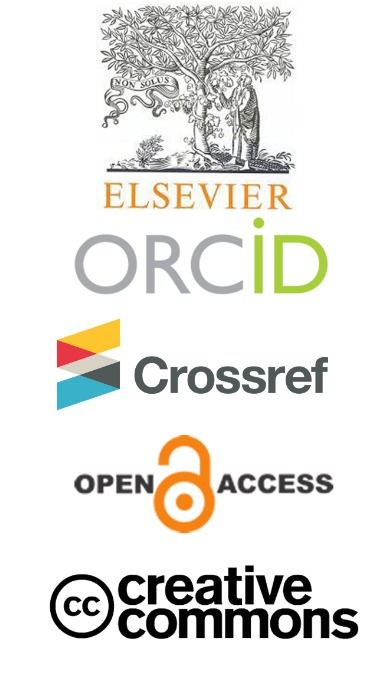GENERATIVE ADVERSARIAL NETWORKS APPLICATIONS
DOI:
https://doi.org/10.48047/resmil.v10i1.13Keywords:
Generative Adversarial Networks (GANs), Deep Learning, Synthetic Data Generation, Computer Vision, Natural Language Processing (NLPAbstract
Generative Adversarial Networks (GANs) emerged as a breakthrough framework in deep learning and revolutionized synthetic data generation by pitting two neurons against each other in a competitive learning algorithm. GANs have proven to be a powerful tool for automated information processing in areas such as computer vision, natural language processing, healthcare, and design generation Moreover, in natural language processing in 2010, GANs have enabled text matching, speech synthesis, and language translation. The paper delves into the applications of GANs in healthcare, where they have contributed significantly to medical imaging, disease prognosis, and drug discovery by creating synthetic yet realistic medical data It happened, and protecting privacy and data confidentiality. In addition, GANs have found applications in the creative arts, helping artists create art, music, and other artistic and conceptual works, and promoting a new era of AI-supported creativity Despite the notable successes, there are still challenges in the implementation of GANs, including mode collapse, unstable training, ethical considerations of producing real but fake data and the ethical implications of using GANs for deepfakes and adversary attacks also require careful consideration and legal frameworks. Looking ahead, the future of GANs includes continued improvements in model stability, interpretation, and ethical guidelines. Additionally, the combination of GANs with new machine learning techniques and interdisciplinary collaboration holds promise for new applications, from enhancing data to creating immersive experiences in virtual reality. In conclusion, GANs stand as a transformative technology with a wide range of applications, transforming the generation of synthetic data in many industries Their ability to generate accurate and diverse datasets, with their challenges along with ethical considerations highlights the importance of responsible and knowledgeable use in a shaping future of AI-powered applications
Downloads
Published
How to Cite
Issue
Section
License

This work is licensed under a Creative Commons Attribution-ShareAlike 4.0 International License.



